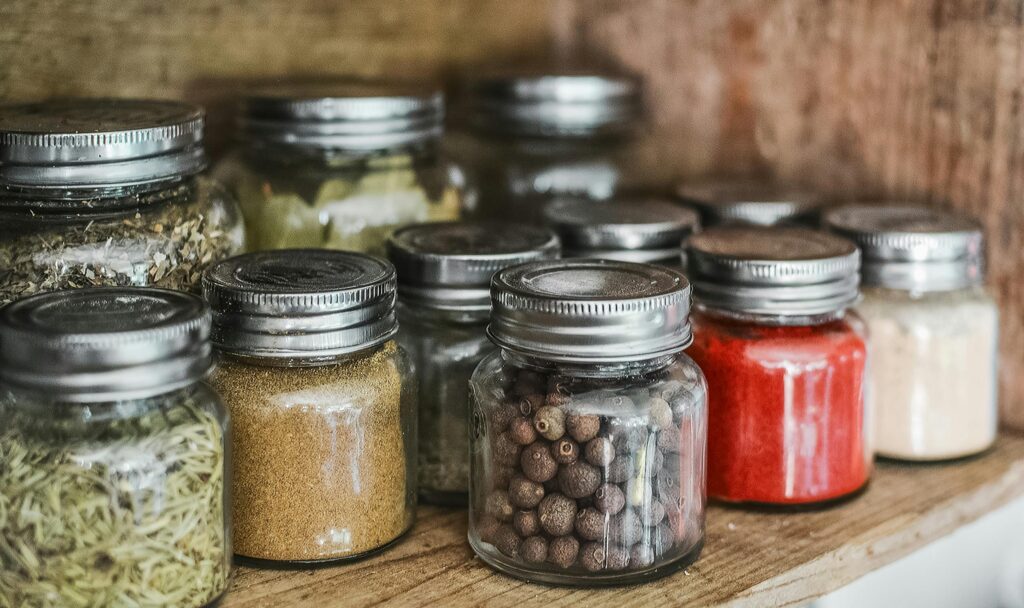
Introduction
The Fat Burning Kitchen is more than just a diet plan; it’s a transformative approach to eating that can revolutionize your health and well-being. In this guide, we’ll delve into the principles behind this kitchen makeover and explore how it impacts weight loss and overall vitality.
At its core, the Fat Burning Kitchen challenges conventional wisdom about nutrition. Rather than fixating solely on calorie counting, it emphasizes the quality of the foods we consume. By making strategic choices, we can turn our kitchen into a powerful ally in our weight loss journey.
Relevance to Weight Loss and Overall Health
Metabolism Boost: The foods we eat directly influence our metabolism. The Fat Burning Kitchen introduces us to nutrient-dense options that rev up our metabolic engines. These choices not only help shed excess pounds but also enhance our energy levels.
Cravings Control: Ever felt powerless against food cravings? The Fat Burning Kitchen reveals how certain foods can naturally curb those insatiable desires. By understanding the impact of different ingredients, we regain control over our appetite.
Inflammation Reduction: Chronic inflammation is linked to weight gain and various health issues. The right foods can act as anti-inflammatory agents, promoting overall wellness. The Fat Burning Kitchen guides us toward inflammation-fighting choices.
Balanced Hormones: Hormonal balance plays a pivotal role in weight management. Through smart dietary adjustments, we can optimize our hormonal responses. The Fat Burning Kitchen provides insights into hormone-friendly foods.
Long-Term Sustainability: Crash diets are often short-lived. The Fat Burning Kitchen, on the other hand, encourages sustainable habits. By incorporating these principles into our daily lives, we pave the way for lasting results.
In summary, the Fat Burning Kitchen isn’t just about what’s on our plates; it’s about transforming our relationship with food. So, let’s step into the kitchen armed with knowledge and make choices that fuel our health journey.
The Calorie-Counting Myth
Calorie-counting has long been hailed as the gold standard for weight management. The prevailing belief is simple: consume fewer calories than you burn, and the pounds will melt away. But let’s peel back the layers and explore why this approach isn’t as effective as it seems.
Quality Over Quantity:
- Calories are not created equal. A 100-calorie pack of processed cookies is not equivalent to 100 calories of nutrient-dense vegetables.
- Focusing solely on numbers ignores the nutritional value of foods. Our bodies need vitamins, minerals, fiber, and antioxidants—not just energy.
Metabolic Complexity:
- Our metabolism is a sophisticated orchestra, not a basic calculator. It responds to various factors beyond calories, including hormones, stress, sleep, and genetics.
- Thermogenesis, the energy our body expends during digestion, varies based on food types. Some foods require more energy to process than others.
The Hormone Connection:
- Insulin, the hormone that regulates blood sugar, plays a pivotal role. High-sugar foods spike insulin levels, promoting fat storage.
- Leptin, the satiety hormone, influences hunger and metabolism. Caloric restriction can disrupt leptin signaling, leading to increased appetite.
The Obsolete Principle: Nutrient Density:
- Instead of counting calories, shift your focus to nutrient-dense foods. These are rich in vitamins, minerals, and antioxidants.
- Think leafy greens, colorful vegetables, whole grains, and lean proteins. These foods nourish your body and keep you satisfied.
Personal Experience:
- I once embarked on a strict calorie-counting journey. I meticulously logged every morsel, aiming for a specific daily limit.
- While the scale initially cooperated, I felt drained, irritable, and unsatisfied. My body rebelled against the monotony.
- Then, I discovered nutrient-dense eating. I swapped processed snacks for whole foods. Suddenly, my energy soared, and my cravings subsided.
- The pounds melted away without the calorie obsession. It was liberating.
In Summary:
- Quality matters more than quantity. Nourish your body with wholesome foods.
- Listen to your body’s cues. Hunger isn’t just about calories—it’s about balance.
- Ditch the myth. The kitchen isn’t a math lab; it’s a sanctuary of health
Cravings and Appetite Control
Cravings and Why They Happen:
- Cravings are those intense desires for specific foods—often the not-so-healthy ones like cookies or chips.
- They can strike when we’re stressed, bored, or even just because we saw a tempting treat.
The Right Foods to Beat Cravings:
- Protein: Foods like chicken, beans, and tofu keep us full and satisfied. They also reduce cravings.
- Fiber: Think whole grains, veggies, and fruits. Fiber slows down digestion, so we stay full longer.
- Healthy Fats: Avocados, nuts, and olive oil help curb cravings by sending “I’m full” signals to our brain.
Natural Appetite Control:
- Water: Sometimes our brain confuses thirst with hunger. Drink water—it helps control appetite.
- Sleep: Lack of sleep messes with our hunger hormones. Aim for 7-9 hours of shut-eye.
- Mindful Eating: Pay attention to what you eat. Chew slowly, savor each bite, and notice when you’re full.
A Healthy Relationship with Food:
- No Guilt: Food isn’t the enemy. Enjoy treats without guilt. It’s about balance.
- Listen to Your Body: Eat when you’re hungry, stop when you’re full. Simple, right?
- Variety: Explore different foods. Don’t stick to the same old routine.
Remember, it’s not about saying “no” to cravings forever. It’s about making smart choices most of the time while still enjoying life’s tasty moments!
Fats: The Good, the Bad, and the Ugly
Different Types of Fats:
- Saturated Fats:
- Source: Found in foods like butter, cheese, and fatty meats.
- Characteristics: Solid at room temperature.
- Impact: Too much can raise bad cholesterol (LDL) and increase heart disease risk.
- Polyunsaturated Fats:
- Omega-6s: Found in vegetable oils (like soybean and corn oil).
- Omega-3s: Found in fatty fish (like salmon) and flaxseeds.
- Benefits: Omega-3s reduce inflammation and support heart health.
- Trans Fats:
- Source: Artificially created during food processing (partially hydrogenated oils).
- Danger Zone: These are the true villains! Raise LDL cholesterol and increase heart disease risk.
2. Essential Fats: Why We Need Them:
- Our bodies can’t make certain fats—we must get them from food.
- Omega-3s fall into this category. They’re essential for brain health, reducing inflammation, and maintaining healthy cell membranes.
- Think of them as the superheroes of fats!
3. Busting Fat Myths:
- Myth 1: “All Fats Make You Fat”:
- Not true! Healthy fats can actually help with weight management.
- Focus on quality—avocado over French fries!
- Myth 2: “Low-Fat Is Always Better”:
- Nope! Some low-fat foods are loaded with sugar and additives.
- Opt for whole foods with natural fats.
- Myth 3: “Avoid Cholesterol-Rich Foods”:
- Our bodies need cholesterol for vital functions.
- It’s about balance—enjoy eggs in moderation.
In Summary:
- Choose Wisely: Go for unsaturated fats (like avocados, nuts, and olive oil).
- Limit the Ugly Ones: Trans fats—avoid them like the plague.
- Embrace Essential Fats: Omega-3s are your allies for a healthier you!
Fats aren’t the enemy—they’re essential players in our body’s symphony of health!
The Whole Grain Deception
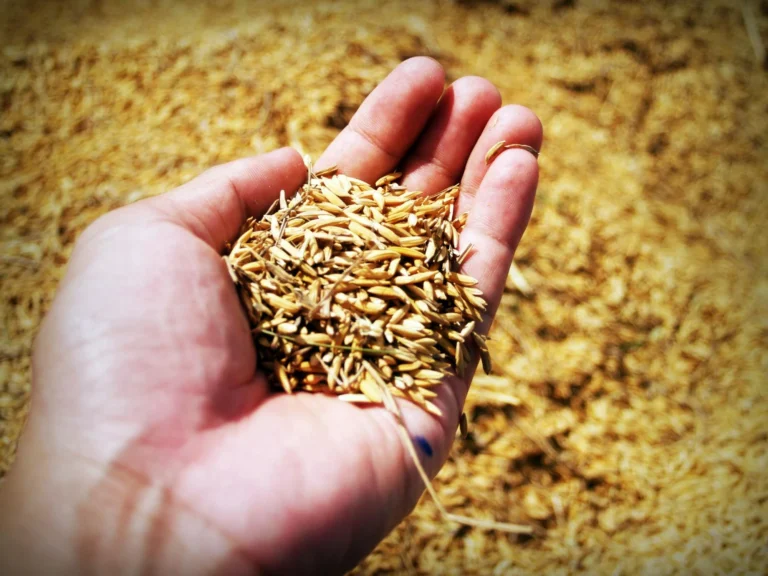
Whole grains—they sound like the superheroes of nutrition, right? But hold on! Let’s peel back the whole grain curtain and see what’s really going on:
Misconceptions Galore:
- When you see “whole grain” on a package, you’d expect it to be chock-full of wholesome goodness. But here’s the twist: Many products labeled as “whole grain” contain very little actual whole grain.
- Instead, they sneak in refined flour—the pulverized version of what used to be a whole grain. Sneaky, right?
The Impact on Body Fat:
- Refined flour lacks the outer layer (the bran) where the nutritious fiber hangs out. So, when you eat these “whole grain” impostors, your body doesn’t get the full benefits.
- Plus, refined flour can mess with your blood sugar and insulin, potentially leading to—you guessed it—extra body fat.
Healthier Grain Alternatives:
- True Whole Grains: Seek out the real deal. Look for foods where whole grain is the first ingredient. Think quinoa, brown rice, and oats.
- Ancient Grains: These aren’t just for history buffs! Try spelt, farro, or amaranth. They’re packed with nutrients.
- Legumes: Yep, beans and lentils count! They’re protein-packed and full of fiber.
- Colorful Rice: Swap white rice for wild rice or black rice. They’re like the cool cousins of the grain family.
Don’t be fooled by the “whole grain” label. Flip that package over, read the ingredients, and choose grains that truly nourish your body.
Dairy Dilemmas
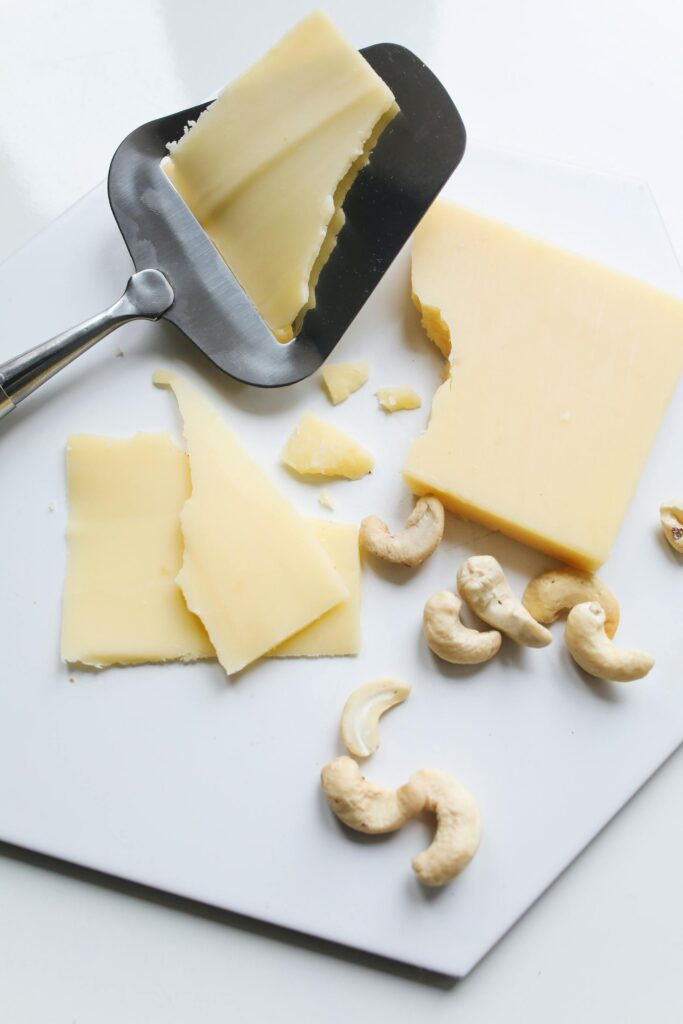
Let’s dive into the world of dairy and explore the truth behind skim milk, homogenized milk, and their impact on our health:
Skim Milk vs. Homogenized Milk:
- Skim Milk:
- What Is It? Skim milk is whole milk with the fat content removed (skimmed) from the surface.
- Fat Content: It retains only around 0.1% of its original fat.
- Heart Health: Skim milk has no saturated fat, making it attractive for heart health.
- Homogenized Milk:
- What Is It? Most store-bought whole milk is homogenized, meaning the fat globules are evenly blended.
- Fat Content: Whole milk contains around 3.5% fat.
- Creamy Flavor: Homogenization ensures a consistent fat distribution, resulting in a creamy texture.
- Skim Milk:
Benefits and Risks:
- Skim Milk:
- Pros: Heart-healthy due to no saturated fat.
- Cons: Some dislike its thin consistency.
- Whole Milk:
- Pros: Creamy and satisfying.
- Cons: High in saturated fat (about 4.54 grams per cup).
- Skim Milk:
Dairy for Fat Loss:
- Science Shift: Research suggests that full-fat dairy might be better than previously thought.
- Moderation: Whether skim or whole, moderation is key.
- Nutrient Profile: Both types provide essential nutrients like calcium and vitamin D.
Whether you prefer skim or whole milk, it’s about balance and enjoying dairy as part of a healthy diet!
Protein Bars and Energy Bars: Unmasking the Truth
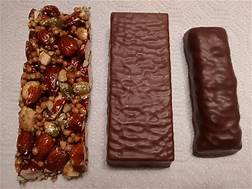
Protein bars—they promise muscle gains, energy boosts, and convenience. But beware! Not all bars wear their health halo honestly. Let’s break it down:
Candy Bar Disguise:
- Sad Truth: Many protein bars are candy bars in disguise. They strut around with protein claims but secretly harbor sugar and additives.
- Nutrition Labels: Don’t be fooled! Look beyond the flashy packaging. Some bars are more like dessert than a workout snack.
Genuinely Healthy Options:
- Legion Protein Bars:
- Why? All-natural, high-protein, low-sugar goodness.
- Blend: Whey concentrate, milk protein isolate, and whey isolate.
- Perks: Supports muscle building, gut health, and blood sugar control.
- RX Protein Bar:
- Why? Balanced protein (12g) and tasty flavors.
- Variety: From mint chocolate to coconut chocolate.
- Bonus: No artificial nonsense.
- Epic Bar:
- Why? Unique and savory.
- Flavors: Bison bacon cranberry, venison sea salt pepper, and more.
- Nature’s Bounty: Real meat, minimal processing.
- Legion Protein Bars:
Read labels, choose wisely, and don’t let those sneaky candy impostors sabotage your health goals!
Fish Choices

Tilapia:
- Pros:
- Affordable: Tilapia is budget-friendly.
- Low in Calories: It’s a lean protein source.
- Rich in Protein: Provides about 20 grams of protein per 100 grams.
- Cons:
- Omega-3s: Tilapia has significantly lower omega-3 content compared to salmon.
- Omega-6s: It’s higher in omega-6 fatty acids, which can be harmful in excess.
- Toxins: Some tilapia may contain more toxins due to farming practices.
- Pros:
Salmon:
- Pros:
- Omega-3 Powerhouse: Salmon is loaded with heart-healthy omega-3 fatty acids.
- Micronutrients: High in magnesium, phosphorus, and niacin.
- Anti-Inflammatory: Reduces inflammation in the body.
- Cons:
- Calories and Fat: Salmon has more calories and fat (but it’s the healthy kind!).
- Cost: It’s pricier than tilapia.
- Pros:
Better Alternatives:
- Mackerel: Rich in omega-3s and vitamin D.
- Sardines: Packed with nutrients and low in contaminants.
- Rainbow Trout: A tasty, sustainable choice.
- Herring: Another omega-3 superstar.
- Anchovies: Tiny but mighty in nutrients.
- Variety is key! Rotate your fish choices to enjoy a wide range of health benefits
Sports Drinks and Their Impact
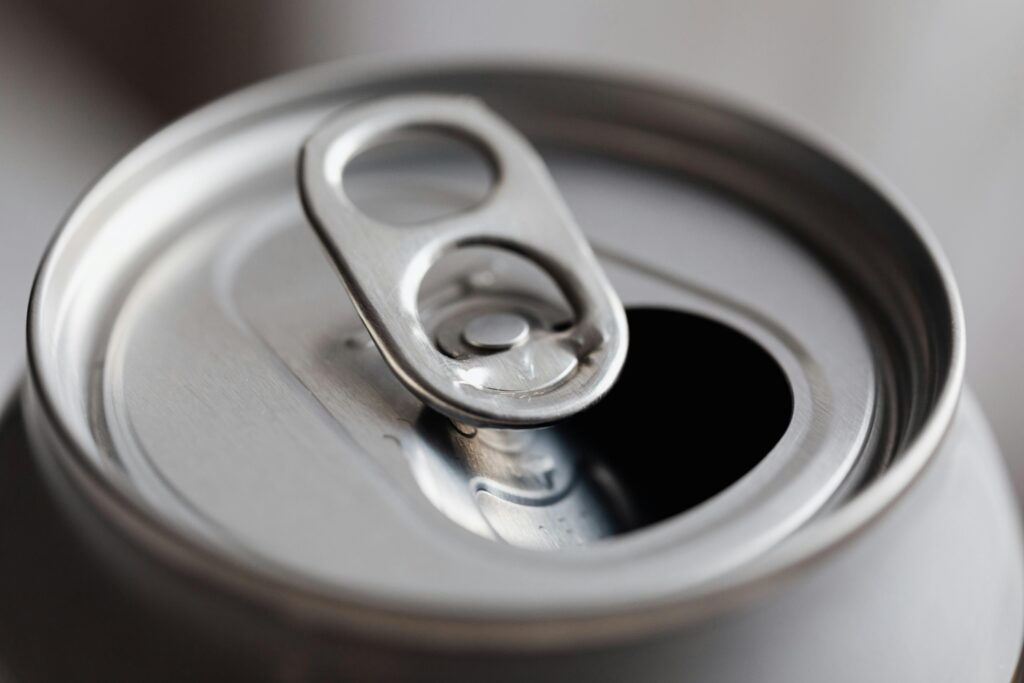
Sports drinks—those colorful, electrolyte-packed potions—are like the sidekicks of athletes. But what’s the real story behind them? Let’s break it down:
Energy Boosters:
- Purpose: Sports drinks help replenish water, electrolytes, and energy lost during exercise.
- Ingredients: They contain carbs (energy boosters), sodium, potassium, magnesium, and calcium.
- Dehydration Defense: These ingredients combat dehydration, refuel glycogen stores, and delay fatigue.
The Fat-Burning Question:
- Reality Check: Sports drinks aren’t fat-burning wizards. They won’t magically melt away love handles.
- Carb Conundrum: Carbs in sports drinks raise insulin, which can limit fat burning.
- Caveat: They’re great during exercise but not for weight loss.
Negative Consequences:
- Sugar Surge: Some sports drinks pack more sugar than a candy store. Not ideal for your waistline.
- Calorie Overload: Downing sports drinks when you’re not sweating buckets? Hello, extra calories!
- Teeth Trouble: Sugary drinks can harm those pearly whites.
Takeaway: Use sports drinks wisely—during intense workouts, not as a daily sipper. And remember, water is still the superhero of hydration!
Conclusion :Nourish Your Way to Wellness
Quality Trumps Quantity:
- It’s not just about calories; it’s about nutrient density.
- Choose foods that nourish your body—think colorful veggies, whole grains, and lean proteins.
Cravings and Control:
- Protein, fiber, and healthy fats are your allies against cravings.
- Listen to your body’s hunger cues—mindful eating matters.
Fats Unveiled:
- Not all fats are foes! Embrace the good ones—like avocados and nuts.
- Essential fats (omega-3s) are your secret weapon for brain health.
Whole Grain Reality Check:
- Don’t fall for the “whole grain” trap. Some products are wolves in sheep’s clothing.
- Opt for true whole grains and explore ancient grains for variety.
Dairy Decoded:
- Skim milk or whole milk? Balance is key.
- Dairy can be part of a healthy diet—just choose wisely.
Protein Bars Unmasked:
- Some protein bars are candy bars in disguise. Read labels!
- Opt for genuinely healthy options like Legion or RX bars.
Fish Choices:
- Salmon is a superstar, but don’t forget mackerel, sardines, and rainbow trout.
- Variety keeps your omega-3 game strong.
Sports Drinks Reality Check:
- They’re not fat-burning magic potions.
- Use them during intense workouts, not as daily sippers.
Your Food Journey Awaits:
- Be curious. Explore. Make informed choices.
- Remember, health isn’t about perfection—it’s about progress.
And if you’re ready to dive deeper into transforming your kitchen and your health, consider exploring The Fat Burning Kitchen. Click here It’s a powerful resource to guide you toward informed food choices for fat loss and overall well-being!


